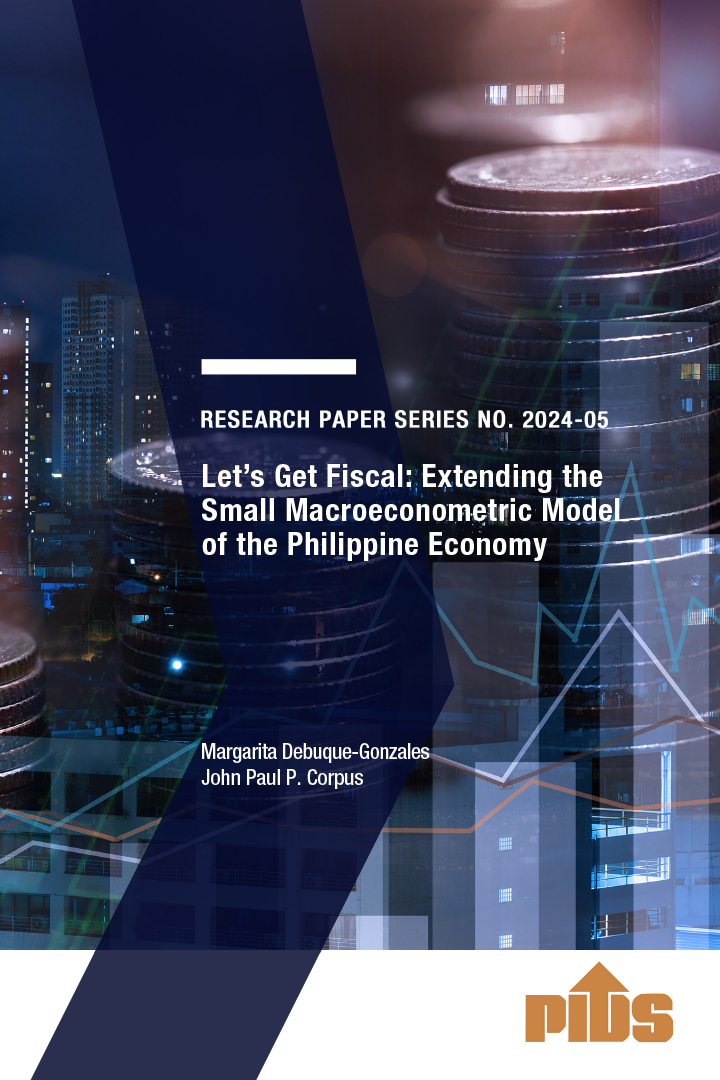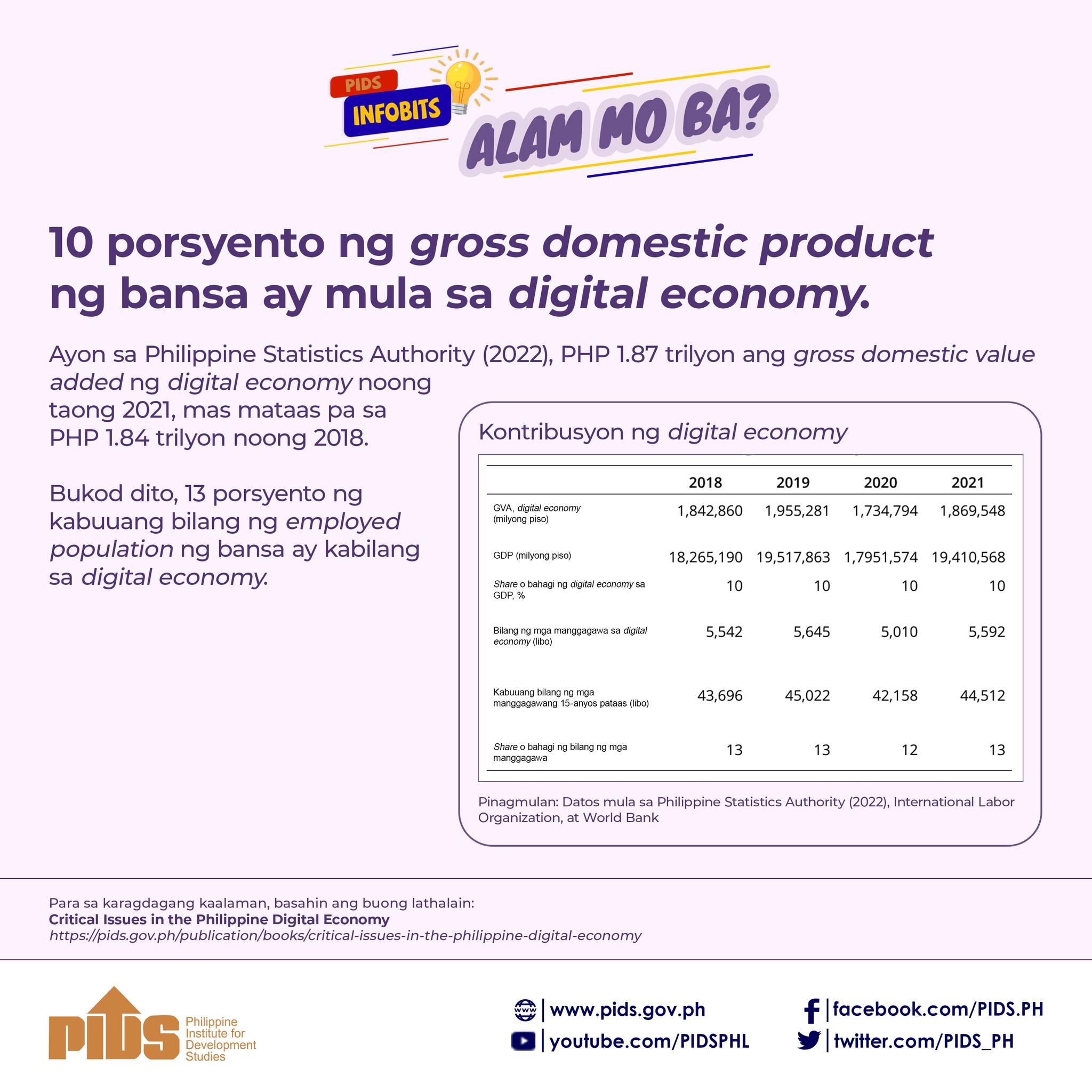Only time will tell the impact of such sweeping policies on growth, inflation, and unemployment. But before they cause any irreversible damage to our economy, their rationale and effectiveness should not escape scrutiny today. With the State of the Nation Address (SONA) fast approaching, there’s no better time to take stock of President Duterte’s first year in office. In this article, we focus on the economy’s performance under his watch, as gleaned from key economic indicators. Note that the following trends are not wholly attributable to the President’s policies. Many are influenced by domestic and foreign events that lie beyond the government’s control. Some could even be the result of policies adopted long ago.With the State of the Nation Address (SONA) fast approaching, there’s no better time to take stock of President Duterte’s first year in office. In this article, we focus on the economy’s performance under his watch, as gleaned from key economic indicators. Note that the following trends are not wholly attributable to the President’s policies. Many are influenced by domestic and foreign events that lie beyond the government’s control. Some could even be the result of policies adopted long ago. 1) Robust but slower economic growth What happened: The growth of Philippine GDP (or the value of total output) has slowed down from a peak of 7.1% in mid-2016. In March 2017 the economy grew by 6.4% – still respectable but weakest since October 2015, and lower than most analysts’ forecasts. This slowdown was borne by weaker spending in general, investment spending in particular. Net inflows of foreign direct investment (FDI) also took a hit recently. (READ: FDI net inflows down 61.1% to $874M in April)Where we are headed: Philippine economic growth is likely to remain robust and exceed the average for ASEAN-5. But many think tanks have downgraded their growth forecasts to somewhere between 6.5% and 6.8% this year. The “golden age of infrastructure” promised by Dutertenomics is likely to boost growth in the short and medium runs. But with many of its projects yet to start in 2018, it will take some time for such boost to materialize. 2) Higher inflation, but still within target What happened: Inflation (which measures how fast prices are rising) rose for 9 consecutive months since President Duterte took office. It peaked at 3.4% before declining in the past 3 months due to lower global oil prices. Despite these movements, inflation remains well within the Bangko Sentral’s target of 3±1%.Where we are headed: Economists anticipate a faster rise of prices in the coming months. First, with tax reform in the works, the new taxes on petroleum, automobiles, and sugary drinks are likely to bump up inflation, at least momentarily. Second, once Dutertenomics kicks in, it will likely boost aggregate demand and “overheat” the economy in the short run. In any case, the Bangko Sentral is there to temper runaway inflation. 3) Erratic unemployment, but record-low underemployment What happened: Many economists were concerned by the unusually high unemployment rate recorded in January 2017 – the highest in 9 quarters – before it went down to 5.7% in April. Meanwhile, underemployment (comprising those with work but still need or want more work) reached 16.1% – the lowest since the earliest comparable data in 2005.<Where we are headed: The steady decline of underemployment is encouraging, as is the (less pronounced) decline of unemployment. However, in a recent study, researchers at the Philippine Institute for Development Studies (PIDS) warned of the possible unintended consequences of the initiatives to prohibit “endo” or employment contractualization: they say that such a policy could increase the ranks of the unemployed and underemployed, as well as hurt small enterprises. (For more, see their paper here.) 4) Weaker peso What happened: The peso-dollar exchange rate has now fully breached the P50/USD mark, reaching levels not seen in 11 years. But the graph shows that this is part of a longer-term depreciation of the peso that started in 2013. A major reason for this is the US Federal Reserve’s 3 interest rate hikes since December, which have made US investments more profitable in the eyes of local investors. (They flood the market with pesos whenever they migrate their funds, thus lowering the peso’s value relative to the US dollar.)Where we are headed: The US Federal Reserve expects another interest rate hike this year, and 3 more in 2018, as it tempers a stronger US economy. Hence, a further depreciation of the peso toward P53/USD should not come as a surprise in the coming months. While this is likely to raise the price of imported goods, such depreciation will boost the country’s dollar-earning sectors (such as exports, tourism, BPO, and OFW services).More worrisome is the possibility that the peso’s depreciation is partially borne by some degree of capital flight, due to increasing political uncertainty in the country. Experts are unsure how true this is, but it’s definitely worth watching out for. 5) Twin deficits What happened: This year the economy is expected to record the first annual current account deficit since 2002. It roughly means that we are becoming more of a net borrower from the rest of the world, on account of imports growing faster than exports. At the same time, we are heading toward a larger government budget deficit, which means that the government’s spending is outpacing its income. The graphs above show that both these trends started even before the Duterte administration came in. Where we are headed: Current account and budget deficits are not bad per se. The foreign funds that accompany a current account deficit could be channeled to finance domestic investments. At the same time, a larger budget deficit is okay as long as the government ensures high returns from the things it spends on, such as the projects under Dutertenomics. However, to ensure that we have enough wherewithal to pay for accumulating debt, the government must ensure that economic growth remains robust (and must therefore avoid policies that could impair it). Also, it will help to show the people that public funds are being spent well. For instance, with over P6 billion worth of discretionary funds, greater fiscal prudence by the Office of the President could make it easier to justify imposing new taxes via tax reform. (READ: Duterte’s foreign trips cost thrice more than predecessors’) Beyond the indicators In conclusion, the Philippine economy seems to have weathered well the eventful and controversial first year of President Duterte – a testament to the country’s sound macroeconomic fundamentals.<But as we enter #DuterteYear2, we need to be wary of (and prepare for) emergent economic trends: massive government infrastructure spending, higher future inflation, labor policies that could worsen unemployment and underemployment, US Fed rate hikes that could further depreciate the peso, and increasing twin deficits. We also need to talk more about the economic repercussions of President Duterte’s favorite and most consequential policies, namely the war on drugs and the Mindanao-wide declaration of martial law. Only time will tell the impact of such sweeping policies on growth, inflation, and unemployment. But before they cause any irreversible damage to our economy, their rationale and effectiveness should not escape scrutiny today.It’s one thing to blame outsiders for the state of the economy. But it’s another when our very own leaders implement reckless, ill-thought policies that bring economic hardships to our people. – Rappler.comThe author is a PhD student at the UP School of Economics. His views are independent of the views of his affiliations. Follow him on Twitter: @jcpunongbayan












